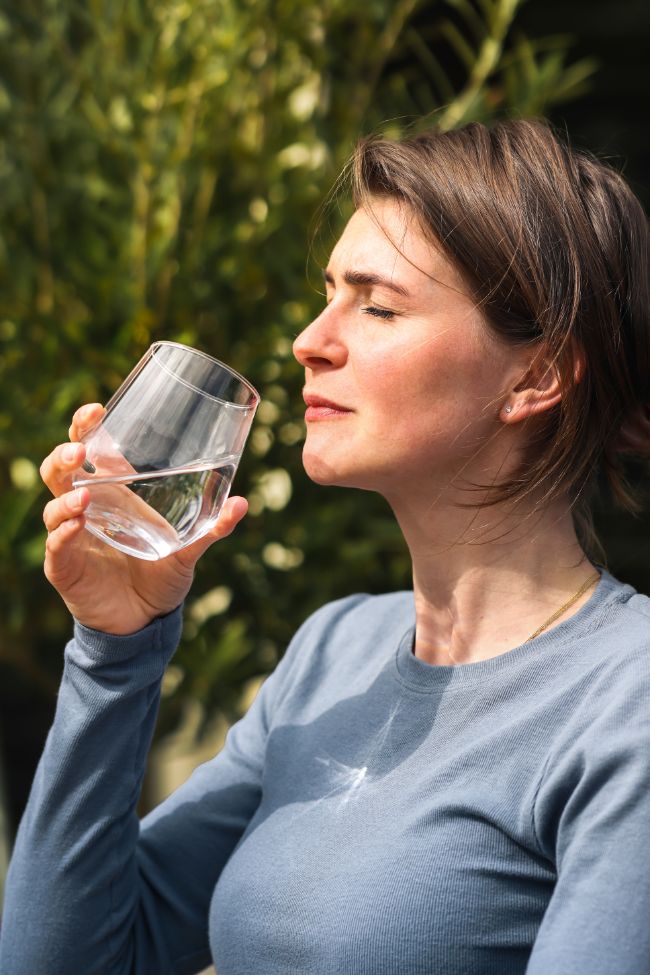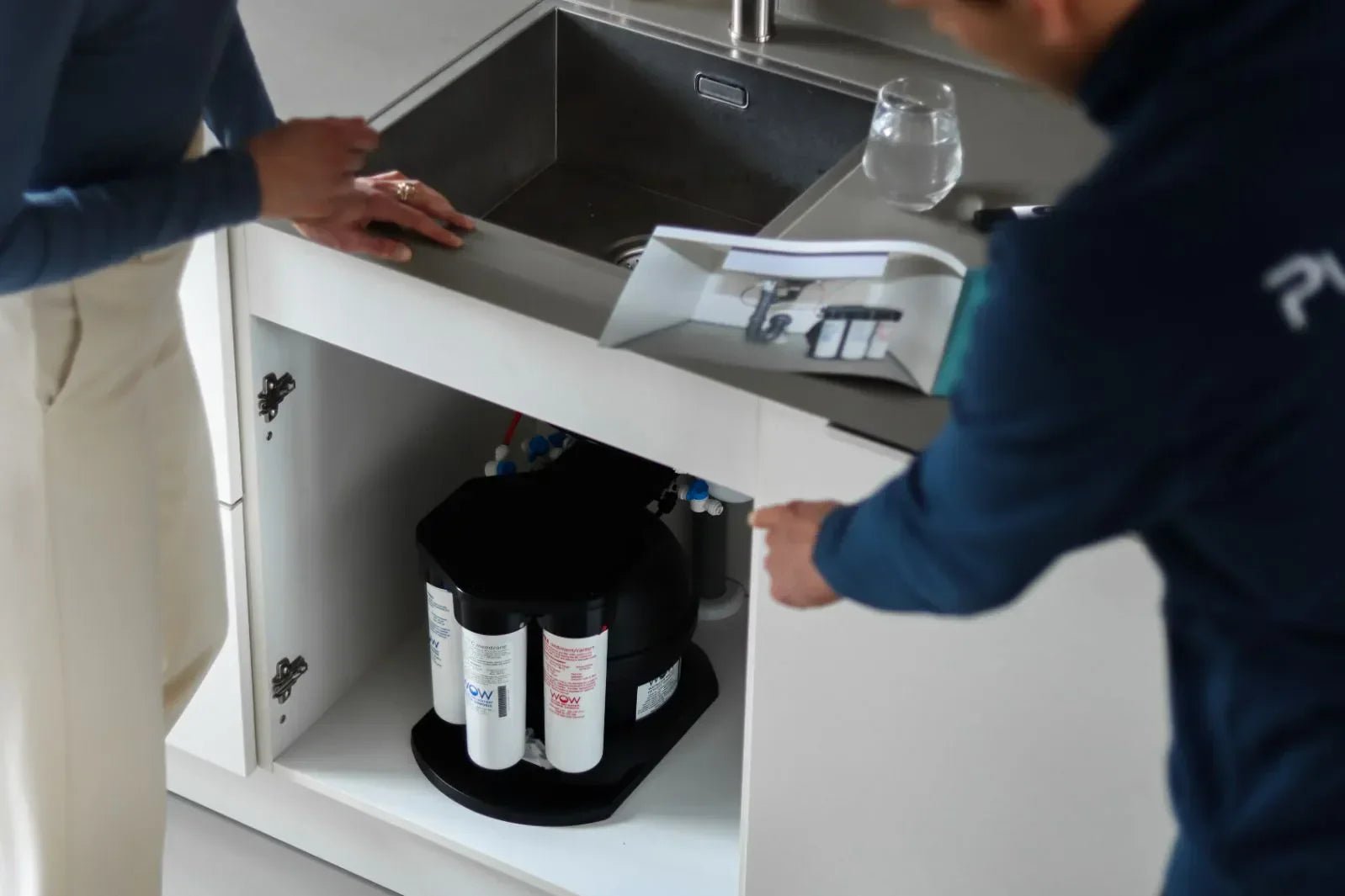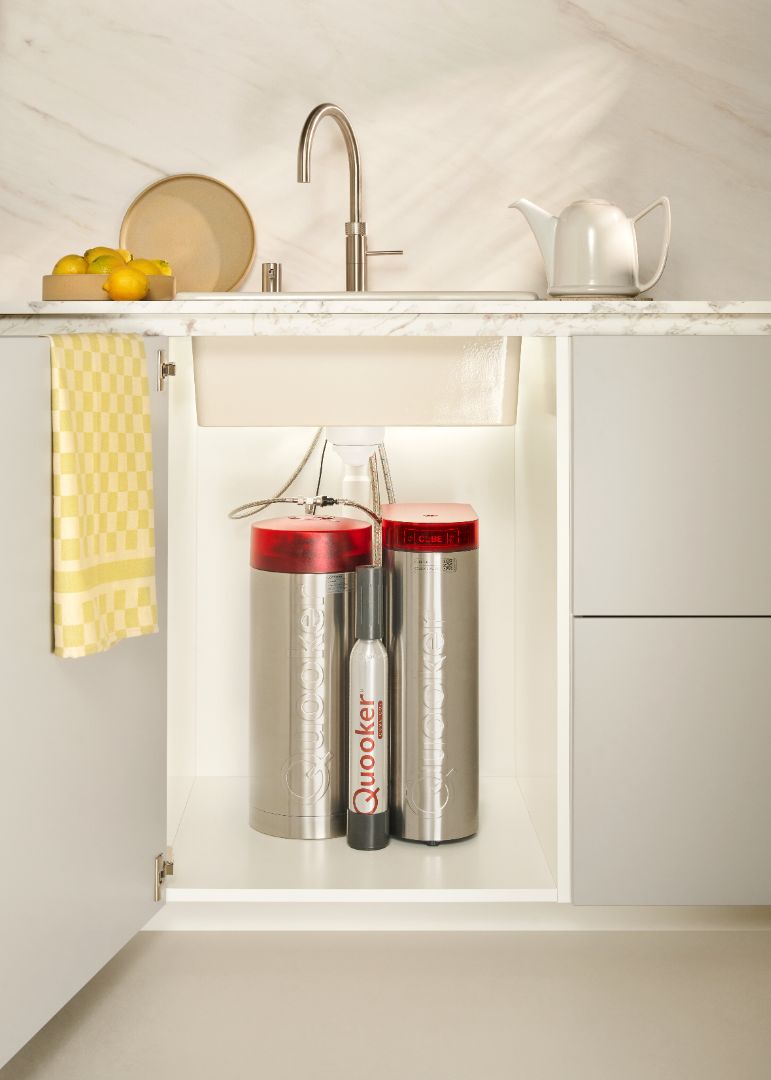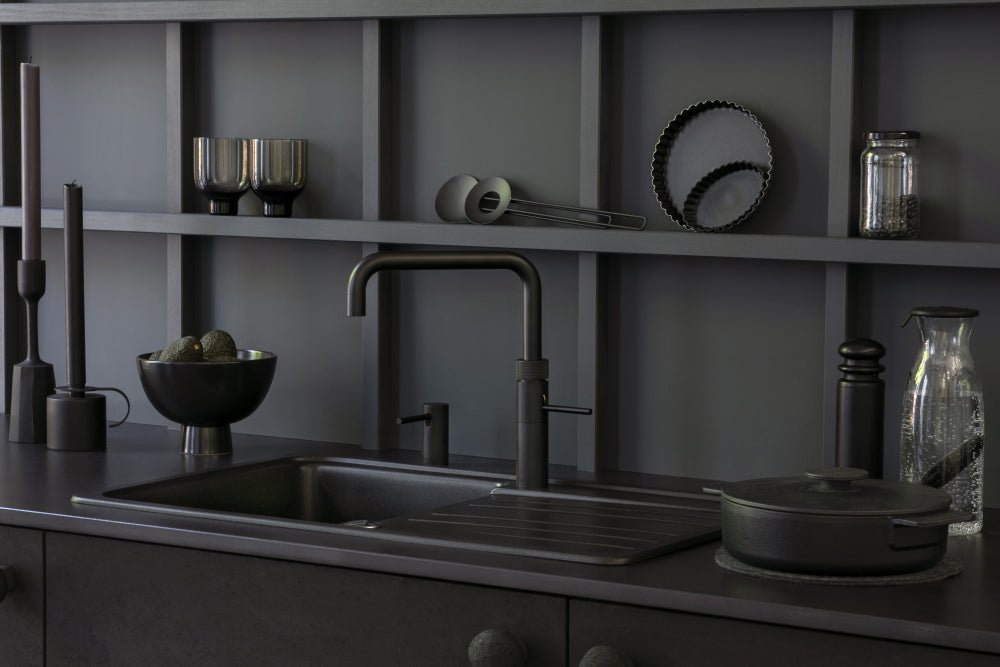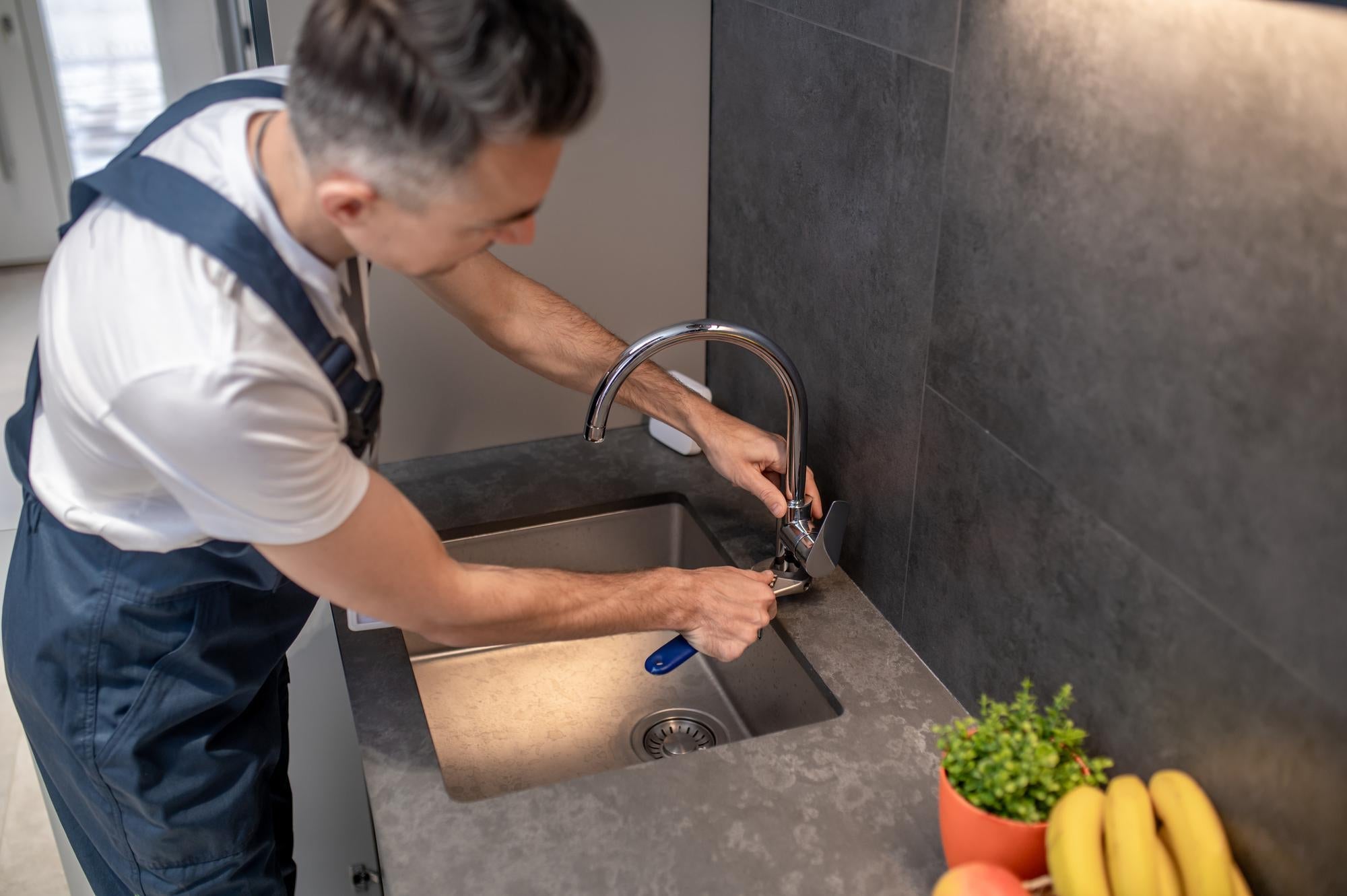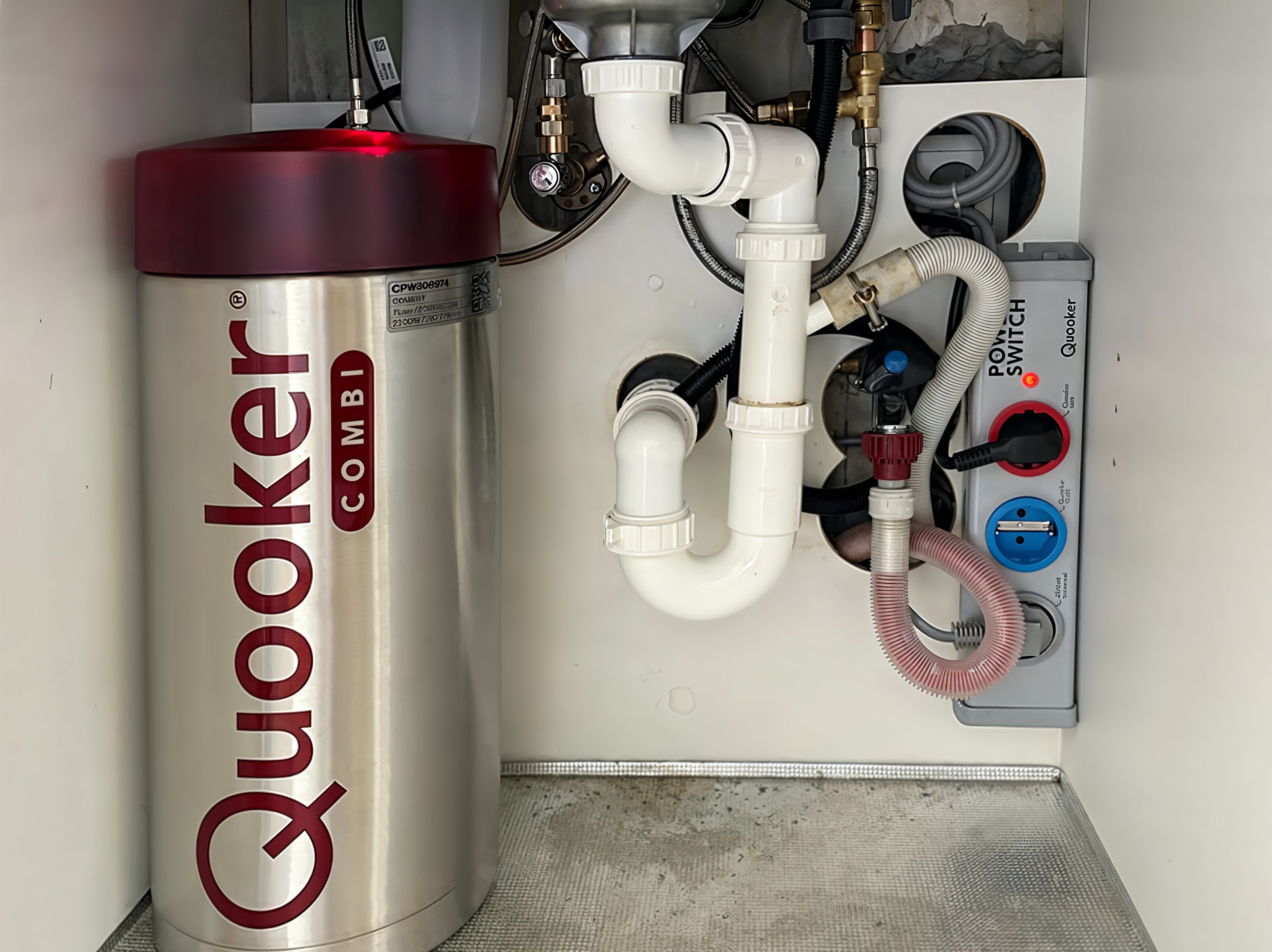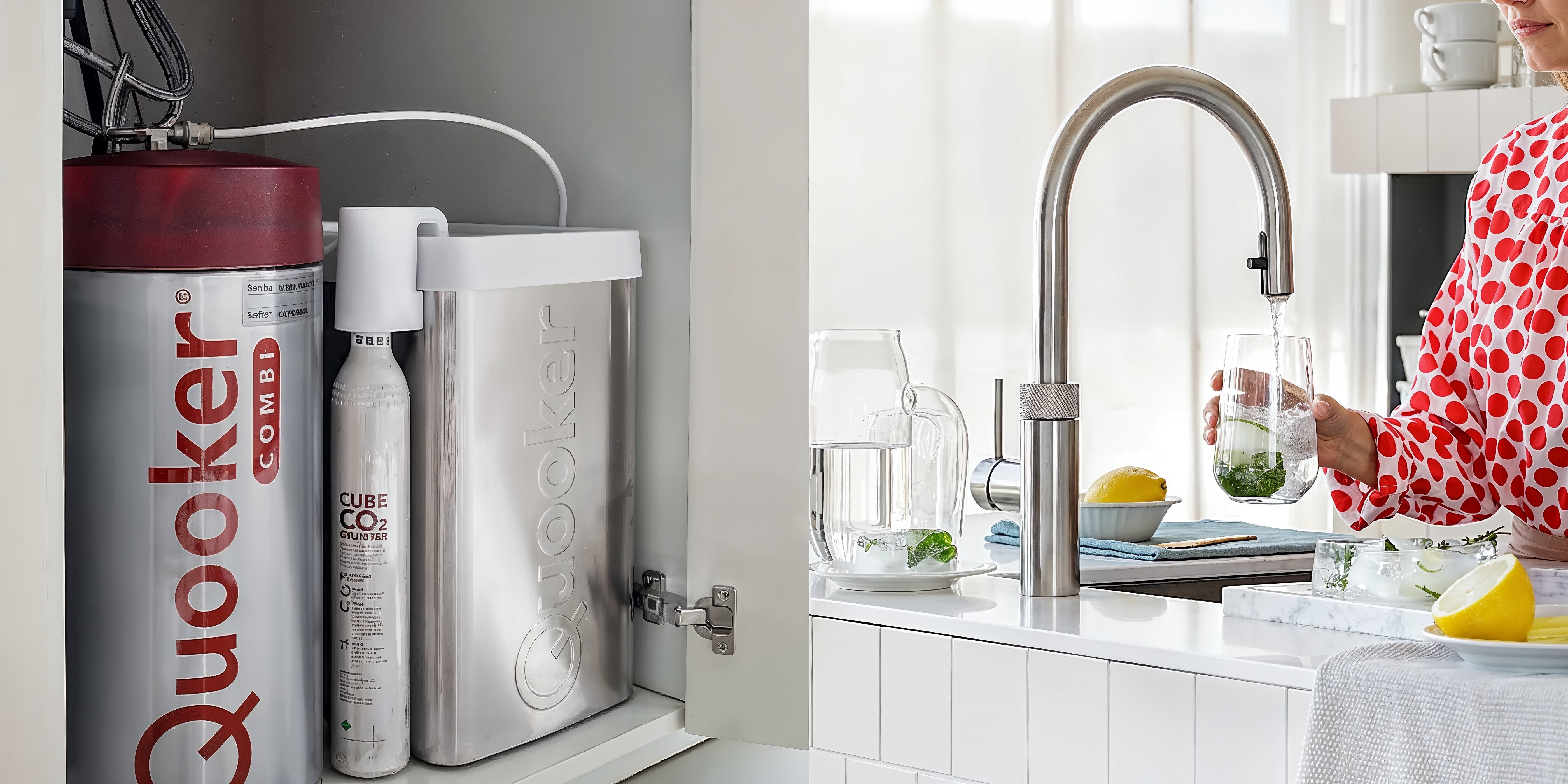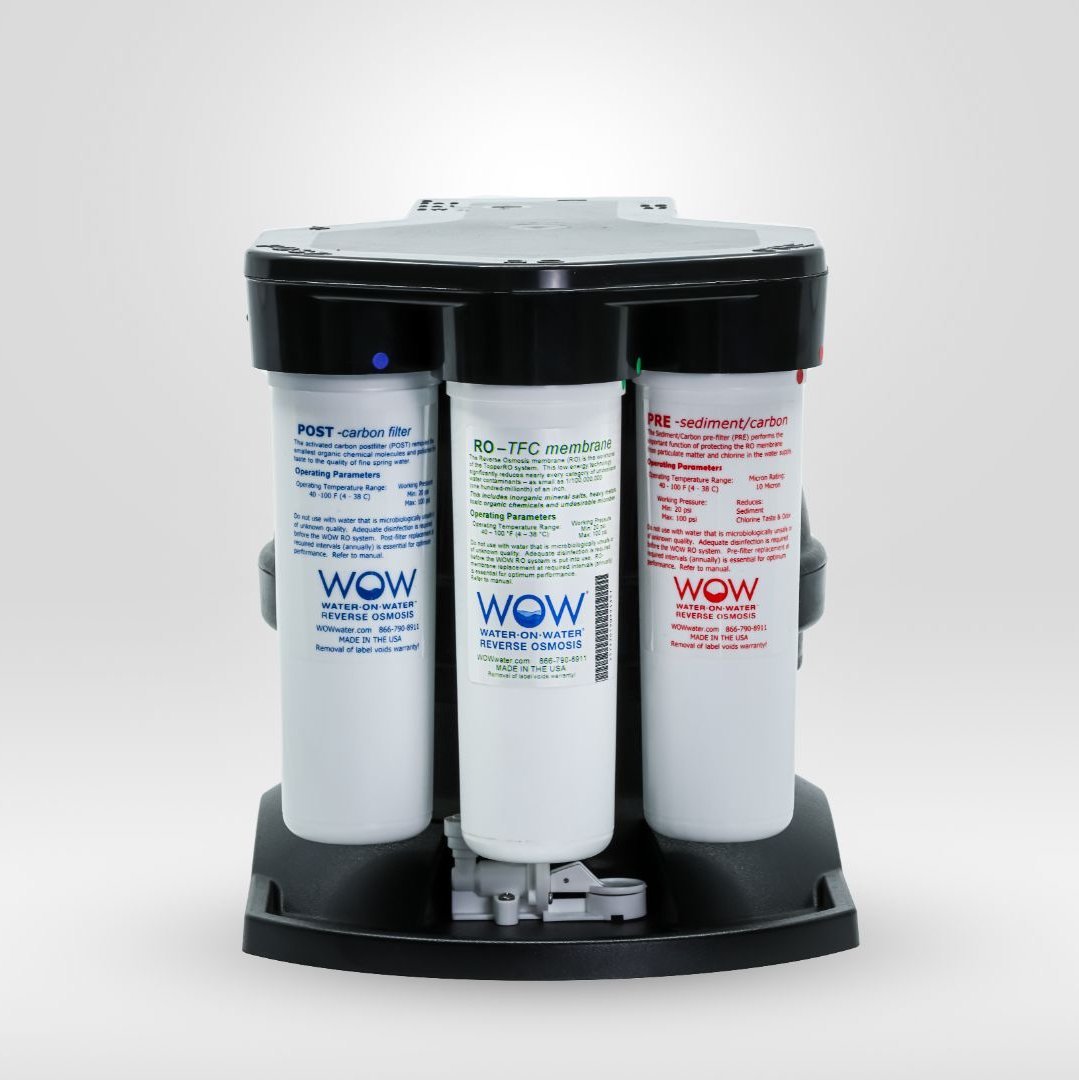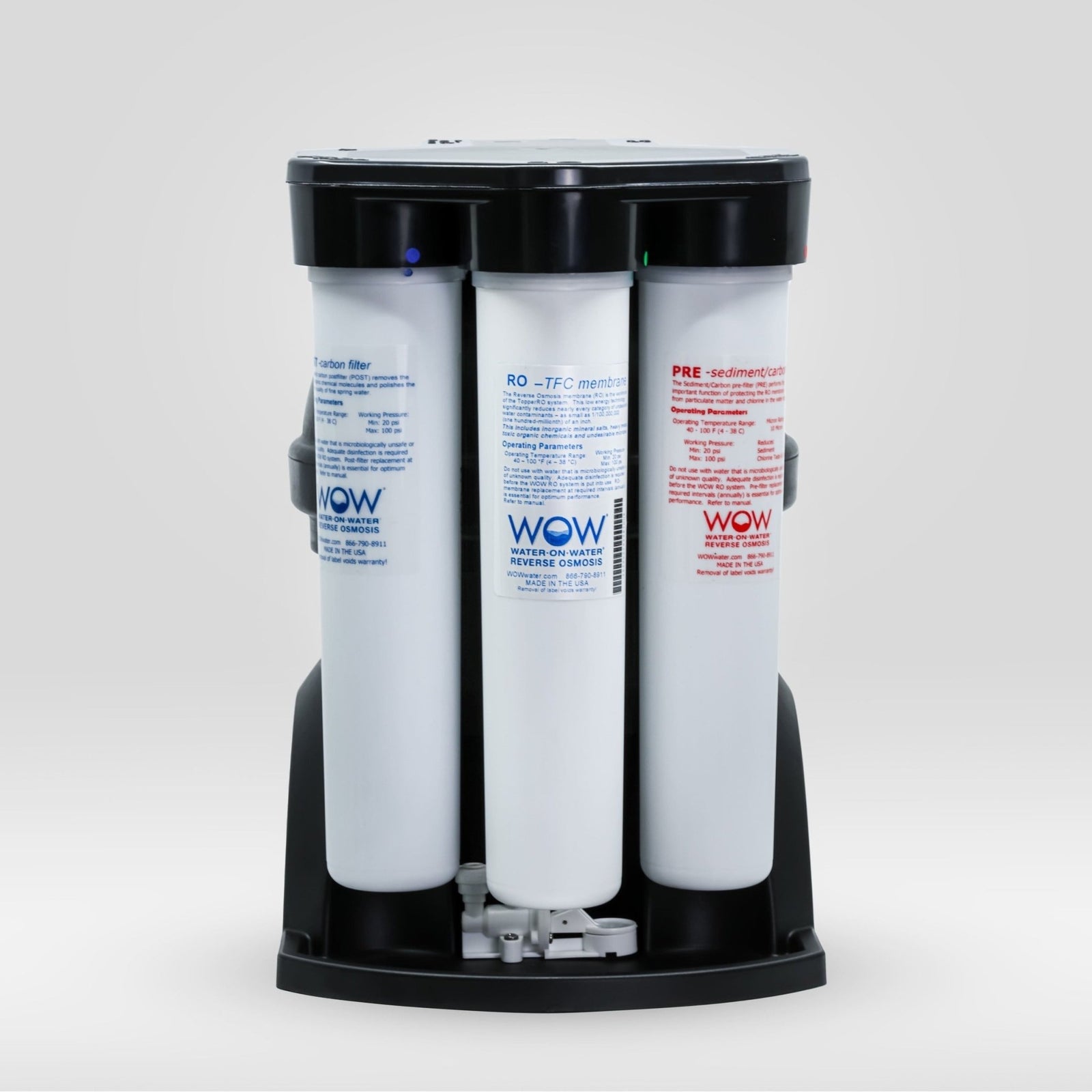In the quest for environmentally friendly water filtration, more and more households are opting for systems without plastic components. These alternatives not only offer environmental benefits but can also provide health benefits. Water purification systems made from natural and sustainable materials like ceramic, glass, and stainless steel are gaining popularity due to their effectiveness and longer lifespan, while also avoiding the chemical leaching of plastic components.
Why choose a plastic-free water purifier?
The environmental impact of plastic water purifiers is significant. Conventional systems often contain multiple plastic components that, after their lifespan, become waste and remain in the environment for hundreds of years. At PureAqua, we're seeing consumers increasingly realize that sustainability in water purification goes beyond simply filtering out harmful substances.
Plastic-free alternatives also offer potential health benefits. Some plastic components can release microscopic particles or chemicals into the water, especially when they age or are exposed to heat. By choosing water purifiers made of inert materials like ceramic or stainless steel , you completely avoid this risk.
The sustainability aspects extend beyond just waste reduction. Natural materials often have a longer lifespan than their plastic counterparts, meaning they need to be replaced less often. This results in reduced resource and energy consumption over the entire lifespan of the system.
When comparing traditional and plastic-free water purifiers, it's striking that the latter are often more expensive to purchase, but this investment pays for itself through a longer lifespan and better performance. Moreover, they contribute to reducing reliance on bottled water, resulting in less plastic waste and a smaller ecological footprint.
What materials are used in plastic-free water purifiers?
Ceramic filters are among the oldest and most reliable water purification methods. These porous materials can very effectively filter bacteria, parasites, and sediment from water. Modern ceramics are often impregnated with silver, which has antimicrobial properties and prevents the growth of algae and bacteria within the filter itself.
Glass is another excellent material for water filtration. It is chemically inert, doesn't release any substances into the water, and is completely recyclable. Glass reservoirs are often combined with other natural filter media, such as activated carbon from coconut shells or mineral stones.
Stainless steel is particularly popular for water purification system housings. It is durable, corrosion-resistant, and easy to clean. Furthermore, it is fully recyclable at the end of its life.
Bamboo and other natural materials are increasingly being used in water purifiers. Bamboo charcoal, for example, is an effective filter medium that can absorb impurities while retaining valuable minerals in the water.
- Ceramic: Effective for removing bacteria and sediment
- Glass: Chemically inert and fully recyclable
- Stainless steel: Durable and low-maintenance
- Bamboo charcoal: Naturally absorbent and environmentally friendly
How effective are plastic-free water purifiers?
The purification effectiveness of plastic-free systems is often comparable to or even better than conventional plastic filters. Ceramic filters, for example, can remove particles down to 0.2 microns, meaning they are effective against most bacteria, parasites, and sediment. Activated carbon from natural sources can absorb chemicals, chlorine, and organic compounds.
Regarding the substances that can be filtered, plastic-free systems perform exceptionally well in removing chlorine, heavy metals, and organic contaminants . Some natural materials even possess unique properties that plastic filters lack. For example, volcanic rock can add certain minerals to the water that balance the pH.
Compared to conventional systems, plastic-free water purifiers often provide a better taste and odor to the filtered water. This is because they don't release any chemicals that can affect the taste. As we've noticed with PureAqua's water filter systems , customers especially appreciate the pure, fresh taste of water filtered through natural media.
The scientific evidence for the effectiveness of natural filter materials is solid. Research has shown that materials like ceramic and activated carbon are effective at removing contaminants without creating harmful byproducts. This is in contrast to some plastic filters, which can release microplastics.
For households seeking sustainable, plastic-free water purification solutions, the market now offers several high-quality options that are both effective and environmentally friendly. While the initial investment may be higher, the benefits for health, the environment, and water quality make this choice worthwhile.
